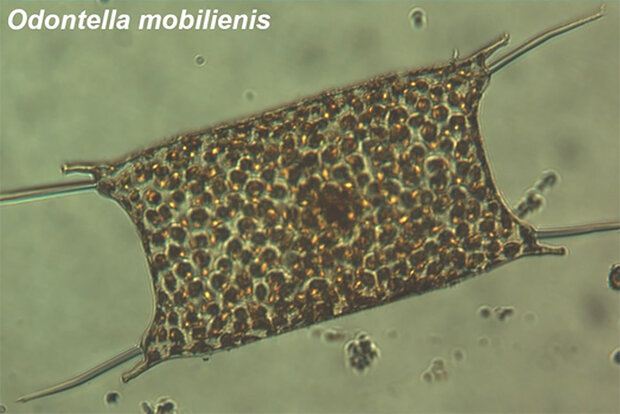Can Earth system models capture links between phytoplankton, environment and carbon?


Phytoplankton form the basis of the marine food chain, and affect ocean carbon storage. Credit: NOAA Fisheries
A partnership between CPO’s Climate Observations and Monitoring (COM) Program, Climate Variability and Predictability (CVP) Program, and NOAA’s Global Ocean Monitoring and Observing (GOMO) Program supported a new study in Global Biogeochemical Cycles. Christopher Holder and CVP-funded scientist Anand Gnanadesikan wrote this new article with an interest in understanding how changes in ocean circulation impact the way marine ecosystem processes cycle and store carbon. The goal was to find out how well Earth System Models (ESMs) capture these relationships when considering multiple environmental factors and climate change trends.
Related Content
MAPS & DATA
01/20/2015
11/21/2014
TEACHING CLIMATE
02/26/2018
11/24/2015
11/16/2015